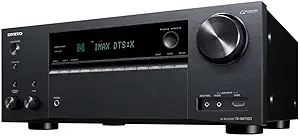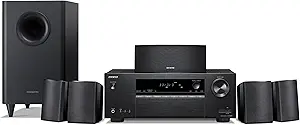
-
Simultaneous audio playback in different rooms
-
Efficient space usage, uncompromised performance
-
Strong, essential features, competitive prices
-
Balanced bass and treble at lower volumes
-
Clear and immersive sound
-
Bluetooth streaming support
Overview not available for this comparison.
Comparison winner

-
Exceptional sound precision with Dirac Live and THX certification.
-
Broad product lineup catering to all budgets, from entry-level to high-end.
-
Excellent value for money in mid-range and high-end models.
-
Strong focus on multi-room audio support and flexible configurations.
-
Durable, rugged designs built for long-term reliability.
-
Comprehensive technical support with longer warranty options.

















